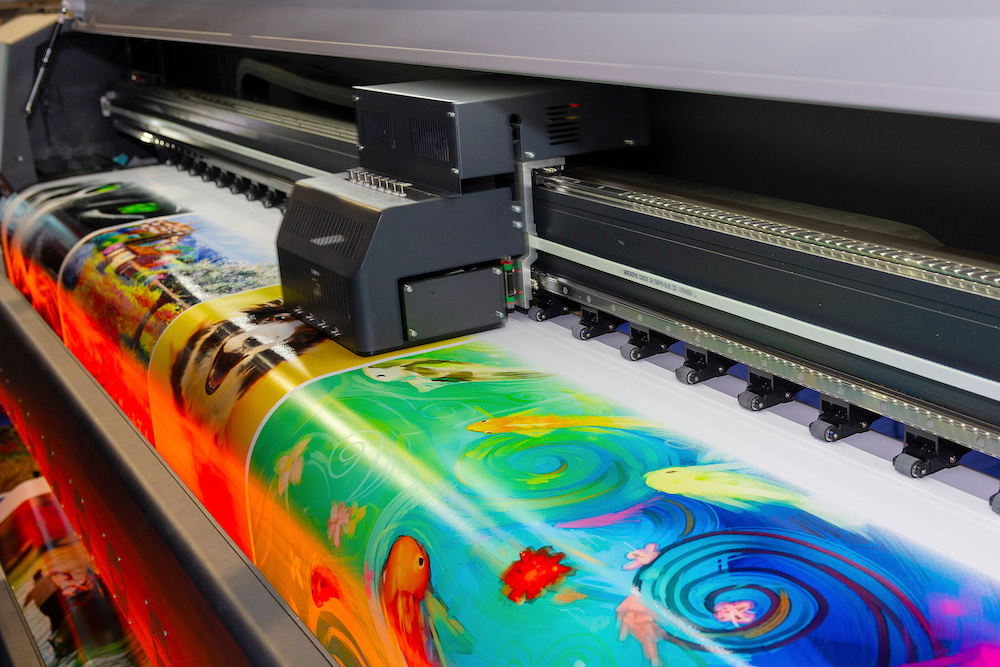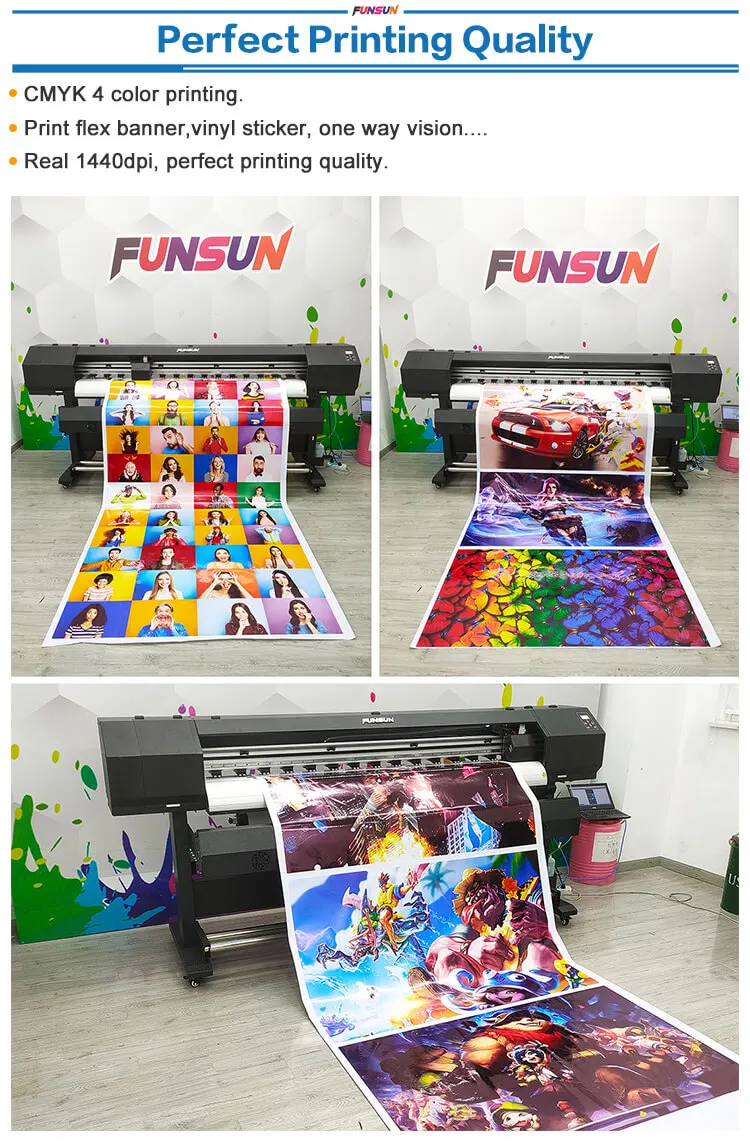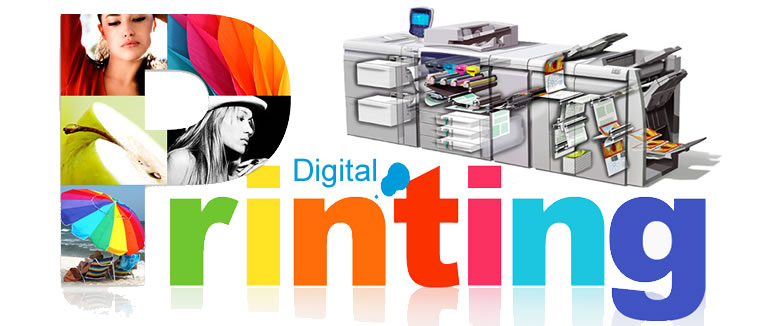Digital Printing Fundamentals Explained
Digital Printing Fundamentals Explained
Blog Article
The Buzz on Digital Printing
Table of ContentsMore About Digital PrintingWhat Does Digital Printing Mean?The Greatest Guide To Digital PrintingDigital Printing - The FactsDigital Printing Can Be Fun For AnyoneThe Ultimate Guide To Digital PrintingThe Basic Principles Of Digital Printing The 10-Second Trick For Digital Printing
Personalization likewise allows organizations to attract attention in a congested market by developing distinct advertising and marketing products that differentiate them from their rivals. One of the major advantages of digital printing is the capability to print variable information. Each printed piece can be distinct, permitting businesses to produce tailored marketing products that talk straight to their target audience.Digital printing likewise enables modification in the design of marketing materials. With digital printing, companies can develop styles that are distinct and customized to their details demands. This can include personalized graphics, font styles, and designs that can help to differentiate them from their competitors. An additional advantage of electronic printing is the capacity to print as needed.
What Does Digital Printing Do?
This benefits companies that intend to evaluate different advertising methods or launch brand-new services and products. By publishing smaller quantities of advertising materials, services can lower waste and stay clear of the requirement for excess stock. Digital printing is also functional. It can print on different products, including paper, cardstock, vinyl, and metal.
By utilizing various products and styles, organizations can produce special marketing materials that stick out from their rivals and bring in attention from their target audience. Digital printing likewise uses consistency. With conventional printing methods, there is usually variation in between prints because of differences in ink protection, stress, and other variables.
This consistency can help develop consumer count on and reliability, revealing that business is dedicated to supplying high-quality materials. Consistency is specifically essential for organizations that wish to build customer count on and credibility. By making certain that every print corresponds, organizations can show that they are committed to giving high-grade products and focusing on the details.
The Buzz on Digital Printing

Additionally, electronic printing produces much less waste due to the fact that it can publish on demand and in smaller quantities, lowering the requirement for excess supply and products. Digital printing also makes use of less power contrasted to typical printing approaches. Digital printers do not need as much power to run, as they do not require to heat up as a lot or utilize as much power to run.
Some Ideas on Digital Printing You Should Know

Offset printing calls for a plate for each shade published. Traditional countered printing site is a print approach that utilizes aluminum plates to move ink onto a rubber sheet (typically described as a "covering"). The image is then rolled onto the printing surface. This printing technique is thought about "offset" since the ink is not transferred to the paper directly.
The 25-Second Trick For Digital Printing
Balanced out printing allows for a large range of print products to be used during manufacturing. The top notch photos produced through balanced out printing make it the recommended technique, particularly amongst graphic developers, when seeking the biggest color reproduction, detail, and professional-looking prints.
The fundamental printing method continues to be countered. For digital inkjet printing, ink is moved straight onto the surface area. Instead of counting on light weight aluminum plates and rubber blankets to transfer a photo, electronic printing utilizes liquid ink throughout manufacturing. Standard home inkjet printers are just one of the most usual electronic printing methods.
The Definitive Guide for Digital Printing
Since offset printing can mix personalized color inks for each job, it will normally get the shades spot-on. Count on balanced out printing for tidy, distinctive types and images without streaks or areas.
It sets you back a great deal to start an offset job. You have to spend money into developing the plates, which takes time. However, when you've spent it, go all of the materials prepare to go, and you'll spend much less on big balanced out work than an electronic print, which is regarding the exact same per piece no issue just how big the work obtains.
Digital printing is much less costly for low-volume jobs. The cost per device drops for digital printing, so at some factor, they crisscross. Changing information within a solitary print job.
Little Known Questions About Digital Printing.
While electronic printing or inkjet printing is the recommended option in the existing times, there are engaging reasons to convert from balanced out to sites digital printing systems. When printing balanced out or electronically, vital decisions and processes are involved in shade matching.
Industrial inkjet printing supplies versatility for printing on lots of various substrates. Digital printing is excellent for customers who do not need longer runs and warehousing materials.

One benefit of digital printing is picking from a vast array of digital substrates. With electronic printing, the expense of the substratum in the total job is minuscule.
An Unbiased View of Digital Printing
drop-on-demand is the second printing technology to take into consideration. Continual inkjet systems call for considerable maintenance, more driver training, and greater downtime. Equipment costs in inkjet printing are much reduced than offset printing as there are no plate-making, plates, and press expenditures. Past the funding expense, the prepress devices and printing machine require extremely knowledgeable operators in offset printing, which includes labor costs.
Report this page